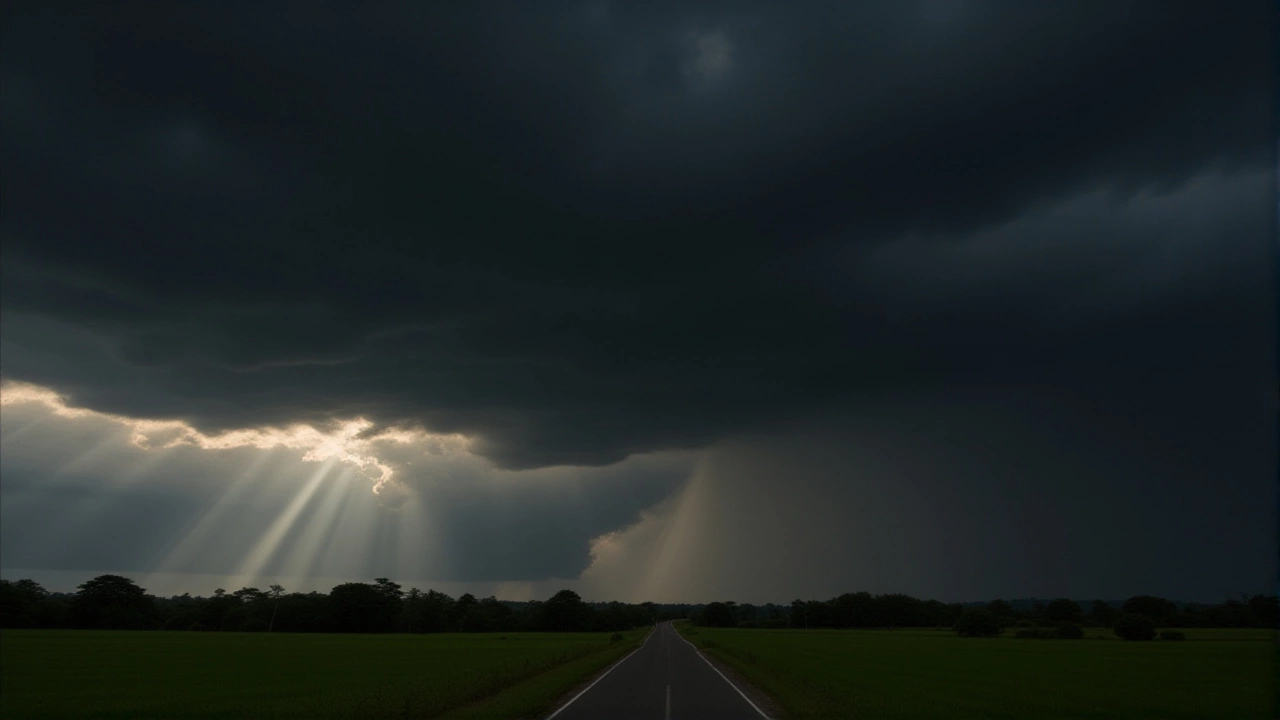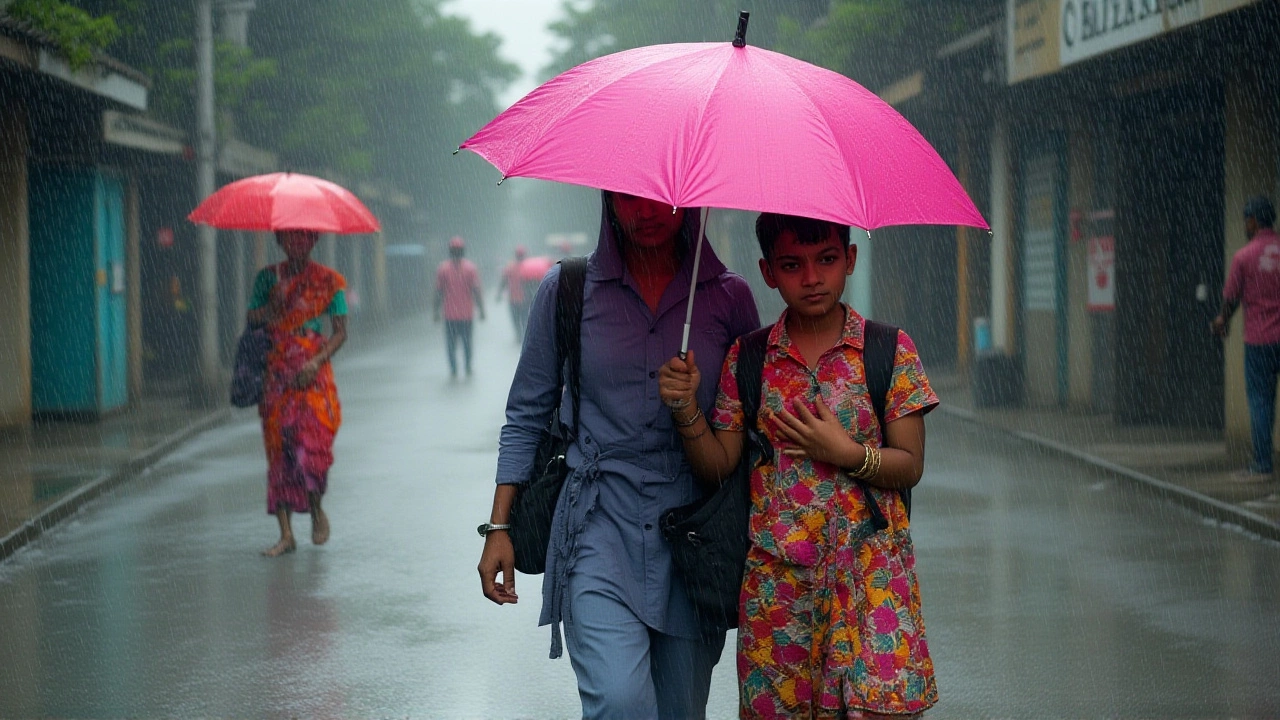India Meteorological Department: Your Guide to Weather, Climate & Safety
When working with India Meteorological Department, the national agency that monitors weather, issues forecasts and studies climate patterns across the subcontinent. Also known as IMD, it operates a network of surface stations, weather radars and satellites to keep citizens and businesses informed.
One of the biggest challenges it tackles is the Monsoon, the seasonal rain system that fuels agriculture, fills reservoirs and drives the Indian economy. Accurate monsoon predictions can mean the difference between a bumper harvest and a drought‑hit season, so farmers, policymakers and traders watch IMD updates closely.
Beyond rainfall, the department plays a key role in monitoring Climate Change, long‑term shifts in temperature, sea level and extreme weather events that affect millions of people. By compiling data from ground stations and satellite observations, IMD contributes to global climate models and helps India meet its international emission targets.
At the heart of its service is Weather Forecasting, the process of using numerical models, radar imagery and expert analysis to predict short‑term atmospheric conditions. From daily temperature highs to severe thunderstorm warnings, these forecasts guide everything from flight schedules to outdoor event planning.
When a storm turns dangerous, the information feeds directly into Disaster Management, the coordinated response that includes early warnings, evacuation plans and relief operations. Quick, reliable alerts can save lives, protect infrastructure and reduce economic losses.
Why Weather Data Matters for Everyone
Think about a logistics company loading cargo for a coastal port. The latest wind speed report from IMD decides whether a ship can safely dock or if loading must be delayed. A school in a hill town checks the day's temperature forecast before planning a sports meet. Even a tech startup building a renewable‑energy app relies on accurate solar radiation data supplied by the department. In short, reliable weather and climate information underpins decisions across agriculture, transport, energy, tourism and public safety.
IMD’s work also ties into broader economic trends. For example, when the monsoon arrives early, grain markets react, influencing commodity prices that you might see discussed in finance articles. When a heatwave spikes, electricity demand jumps, prompting utility companies to adjust supply. By linking weather patterns to market movements, the department indirectly shapes business news coverage.
All of this creates a rich backdrop for the stories you’ll find below. The collection includes analyses of how weather impacts sports events, the role of climate data in education initiatives, and insights into technology tools that help the department improve its forecasting accuracy. Whether you’re a farmer, a business leader, a student, or just curious about how the sky works, the posts ahead offer practical angles on the department’s work.
Ready to see how weather data translates into real‑world outcomes? Dive into the articles below and discover the many ways the India Meteorological Department influences daily life, industry performance and national resilience.
Shimla Braces for Thunderstorms: Yellow Alert Issued as Autumn Weather Shifts
Shimla faces a yellow alert for thunderstorms starting October 9, 2025, as the India Meteorological Department warns of dangerous electrical activity during what's typically a calm autumn season. Visitors and residents must prepare for sudden storms.
IMD Issues Weather Alerts as Western Disturbance Hits North India
IMD warns of heavy rain, hail and flooding across Delhi-NCR, Bihar, Uttar Pradesh and the Himalayas as a Western Disturbance peaks on Oct 6, impacting millions.

